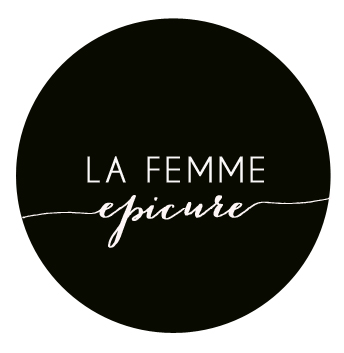Day 22
Today we discussed SOUP.
The word soup comes from French soupe ("soup", "broth"), which comes through Vulgar Latin suppa ("bread soaked in broth") from a Germanic source, from which also comes the word "sop", a piece of bread used to soak up soup or a thick stew.
The first soup dates back to 6000 B.C. - the main ingredient in this soup was hippopotamus bones.
There are two main types of soup: Clear Soups and Thick Soups
Clear Soups have a standard broth, consomme, or hearty broth base. Thick soups have a cream or puree base. Obviously there are other soups as well like bisque, chowder, and gazpacho but they are not considered to be main types.
Consomme [CON-su-may] = a perfectly clear broth created by a process of clarification by way of protein coagulation. A double consomme is made with ground meat, poultry, or seafood and is much stronger in flavor than a regular consomme.
Cream Soup = usually has a béchamel base and is finished with heavy cream... often the flavor profile of this soup is based on a single vegetable (IE Cream of Tomato Soup)
Puree Soup = usually slightly thicker than a cream soup and typically based with dried beans, peas, lentils, or other starchy vegetables like potatoes, carrots, and squash
Bisque = traditionally based on crustaceans such as shrimp, lobster, or crayfish and thickened with rice, rice flour, or bread. The term bisque derives from the use of dry bread or "biscuit" in the preparation. Contemporary bisques are based on vegetables purees with the use of a roux as a thickener
Chowder = a thick, hearty soup often made with seafood. Chowders often resemble a stew more than a soup. To be considered a "chowder" the soup must contain potatoes. The word chowder comes from the French word chaudiere which was a cauldron used by fishermen for making their stew while out at sea. There are two main styles of chowder : New England (made with cream and milk) and Manhattan (made with tomatoes).
"Only the Pure in Heart can Make a Good Soup"
-Ludwig Van Beethoven
Sarah Simms


